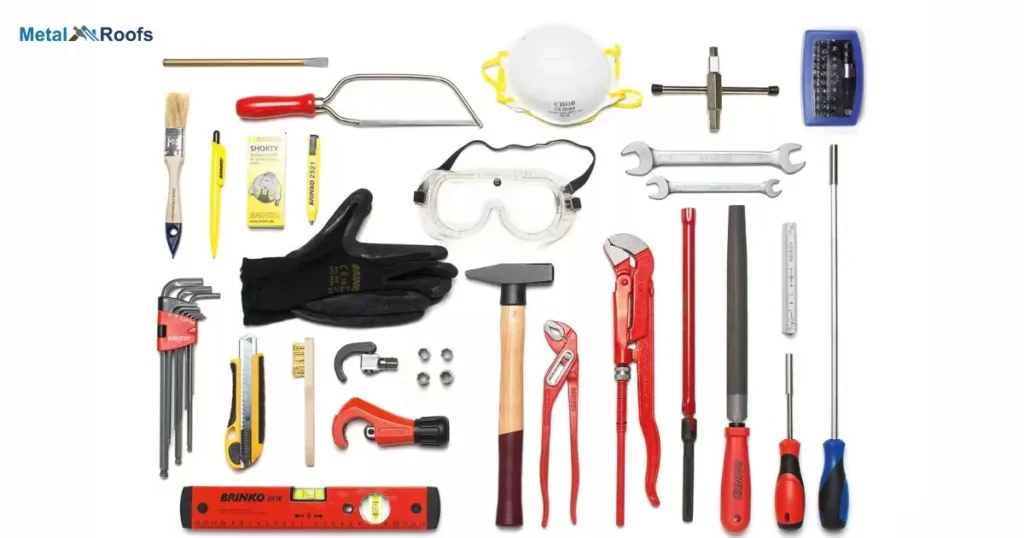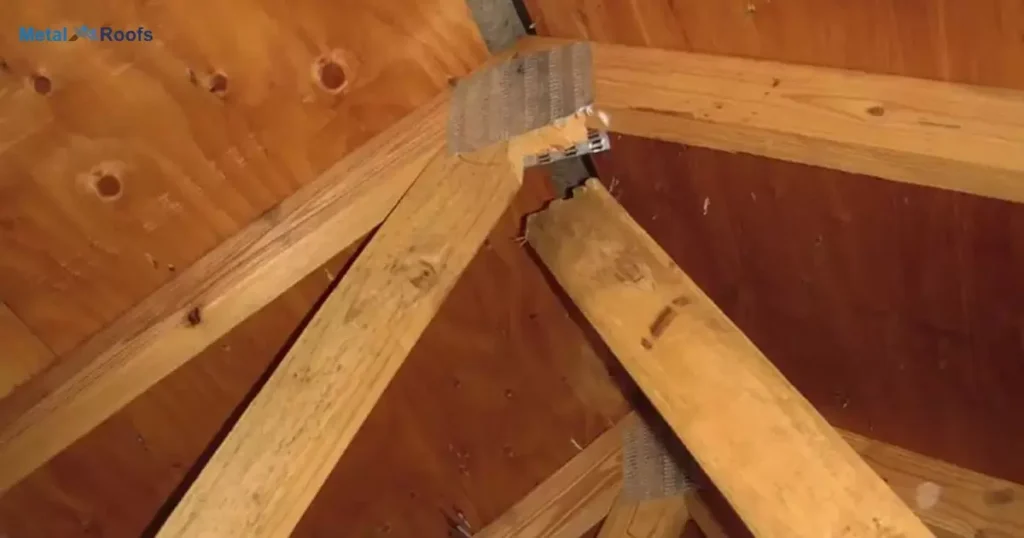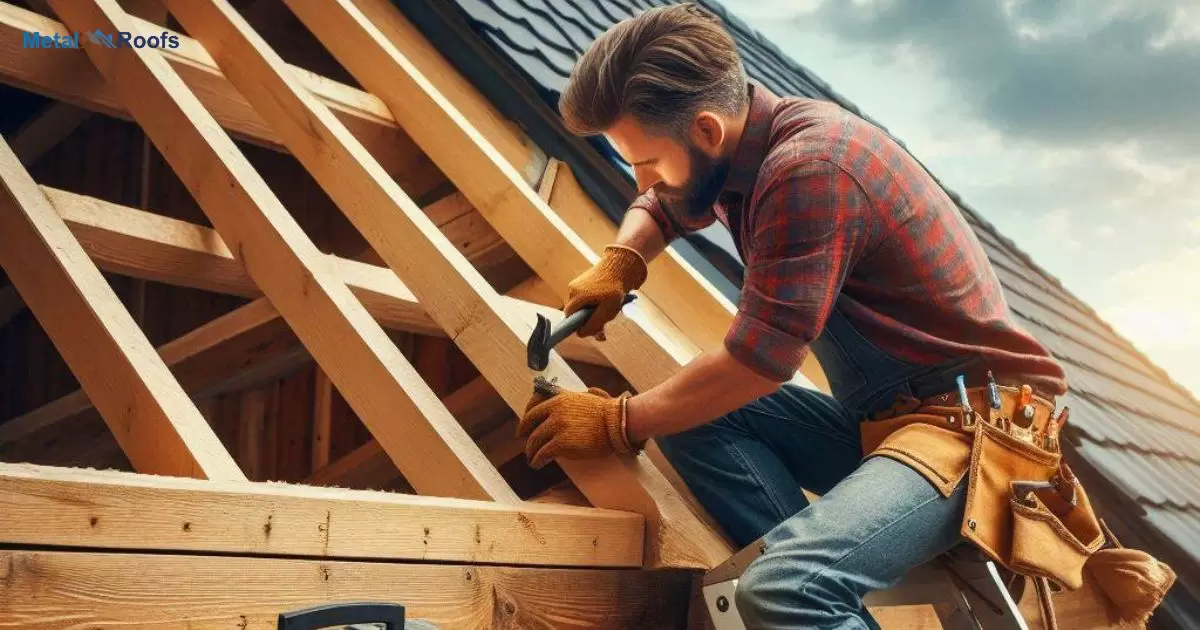Sagging roofs dip in the middle. They often show age or damage. Heavy snow can cause sagging. Missing support beams weaken roofs. Old materials may lead to sagging. Fixing them prevents leaks. A straight roof looks better.
Sagging roofs can cause big issues. They can leak and weaken. You need to fix them fast. Want to know how to repair sagging roofs? Keep reading for simple tips. Save your home from damage.
Sagging roofs can lead to serious problems if not addressed. Start by inspecting the roof for any visible damage. If you find leaks or other issues, it’s crucial to repair a leaking camper roof promptly.
Replace any weak or broken beams with new, sturdy materials. Ensuring the roof is properly secured can help protect your home. Fixing the roof now can save you from expensive repairs in the future.
Key Takeaways
- Check your roof for damage or sagging often.
- Install new beams if old ones are weak or broken.
- Clear heavy snow and debris promptly.
- Ensure all components are well-secured and aligned.
- Address issues quickly to avoid costly repairs later.
What Causes a Sagging Roof?
Several factors can contribute to a sagging roof:
Age and Wear: Over time, the structural components of a roof can weaken due to age, weathering, and wear and tear. This can lead to gradual sagging.
Water Damage: Water infiltration due to leaks or improper drainage can weaken roof supports and the decking, causing them to sag under the weight.
Poor Design or Construction: If the roof was not properly designed or constructed to support the weight it bears, it can sag over time.
Excessive Weight: Accumulation of heavy snow, ice, or debris on the roof can exceed its weight-bearing capacity, causing it to sag temporarily or permanently.
Foundation Issues: Problems with the foundation or supporting structure of the building can affect the stability of the roof, leading to sagging.
Improper Roofing Materials: The use of inadequate or insufficient roofing materials can lead to premature deterioration and sagging of the roof.
Identifying the specific cause of a sagging roof typically requires a professional assessment by a qualified roofer or structural engineer to determine the extent of the damage and the best course of action for repair.
Determine the Extent of the Damage
Start by inspecting the roof closely. Look for sagging or visible cracks. Check for water stains and damaged shingles. This helps identify the extent of the damage.
Next, assess the structural impact. Look at the rafters and decking for signs of weakness. Note any areas with rot or mold. This will guide your repair strategy.
Roofing Tools and Equipment List

Here’s a list of common roofing tools and equipment that might be used for roof inspection, repair, or installation:
Basic Tools
- Ladder: For accessing the roof.
- Safety Harness and Rope: For fall protection and safety while working on the roof.
- Hammer: For nailing shingles or roofing nails.
- Utility Knife: For cutting roofing materials, such as shingles or underlayment.
- Tape Measure: For measuring areas and materials.
- Screwdriver: For removing or installing screws, especially on metal roofs.
- Pry Bar: For removing old shingles or lifting roofing materials.
- Roofing Nail Gun: For efficiently installing roofing nails.
Inspection Tools
- Flashlight or Headlamp: For inspecting dark or tight spaces, like attics.
- Moisture Meter: To check for water damage in roofing materials or structural elements.
- Thermal Camera: To detect temperature differences and potential leaks.
Safety Equipment
- Safety Glasses: To protect eyes from debris and falling materials.
- Gloves: To protect hands while handling sharp or heavy materials.
- Helmet: For head protection from falling objects or accidental bumps.
Specialized Tools
- Shingle Remover: A tool designed to remove old shingles or roofing materials.
- Roofing Adhesive: For securing various roofing materials.
- Ridge Cap Cutter: To cut ridge caps to the desired size for proper fitting.
- Chalk Line: For marking straight lines on the roof surface for alignment.
Maintenance Tools
- Roof Brush: For cleaning debris from roof surfaces.
- Gutter Scoop: For cleaning out gutters and downspouts.
Additional Equipment
- Scaffolding: For working on high or steep roofs safely.
- Pressure Washer: For cleaning the roof surface, if appropriate.
Using the right tools and equipment ensures a safer and more efficient roofing job.
How to Fix Sagging Roof Trusses or Rafters?
First, inspect the trusses or rafters. Look for signs of damage or sagging. Support the area with temporary bracing. Replace any broken parts.
Next, reinforce with new supports. Add beams or braces as needed. Ensure everything is level and secure. Check the roof for stability and adjust if necessary.
Fixing Roof Decking
To fix roof decking, start by removing damaged sections. Inspect the underlying support and replace any rotted wood. Install new decking securely and ensure it’s level.
Next, seal the new decking to prevent water damage. Check for any gaps and cover them with roofing material. Regularly inspect to maintain roof integrity and avoid future issues.
Fixing a Gusset Plate

Fixing a gusset plate involves several steps. First, check for any damage or weakness. Remove the old plate if needed. Install a new plate with proper fasteners. Ensure everything is secure and aligned. This helps maintain the strength of the structure.
Frequently Asked Questions
How to fix a sagging flat roof?
To fix a sagging flat roof, start by reinforcing the underlying support beams. Then, replace any damaged roofing material and ensure proper drainage.
How do you fix a sagging roof sheathing?
To fix sagging roof sheathing, first reinforce the area with new plywood or OSB boards. Then, secure the sheathing with proper fasteners to restore support and stability.
How do you prevent a roof from sagging?
To prevent a roof from sagging, ensure it has proper support beams and regular maintenance. Keep an eye on heavy snow or debris and remove it promptly.
Conclusion
Fixing a sagging roof is crucial. Start by checking for damage. Replace weak beams with new ones. Secure everything well. This keeps your home safe.
Repairing your roof now is smart. It prevents bigger problems later. Save money by acting early. Keep your home dry and strong.











